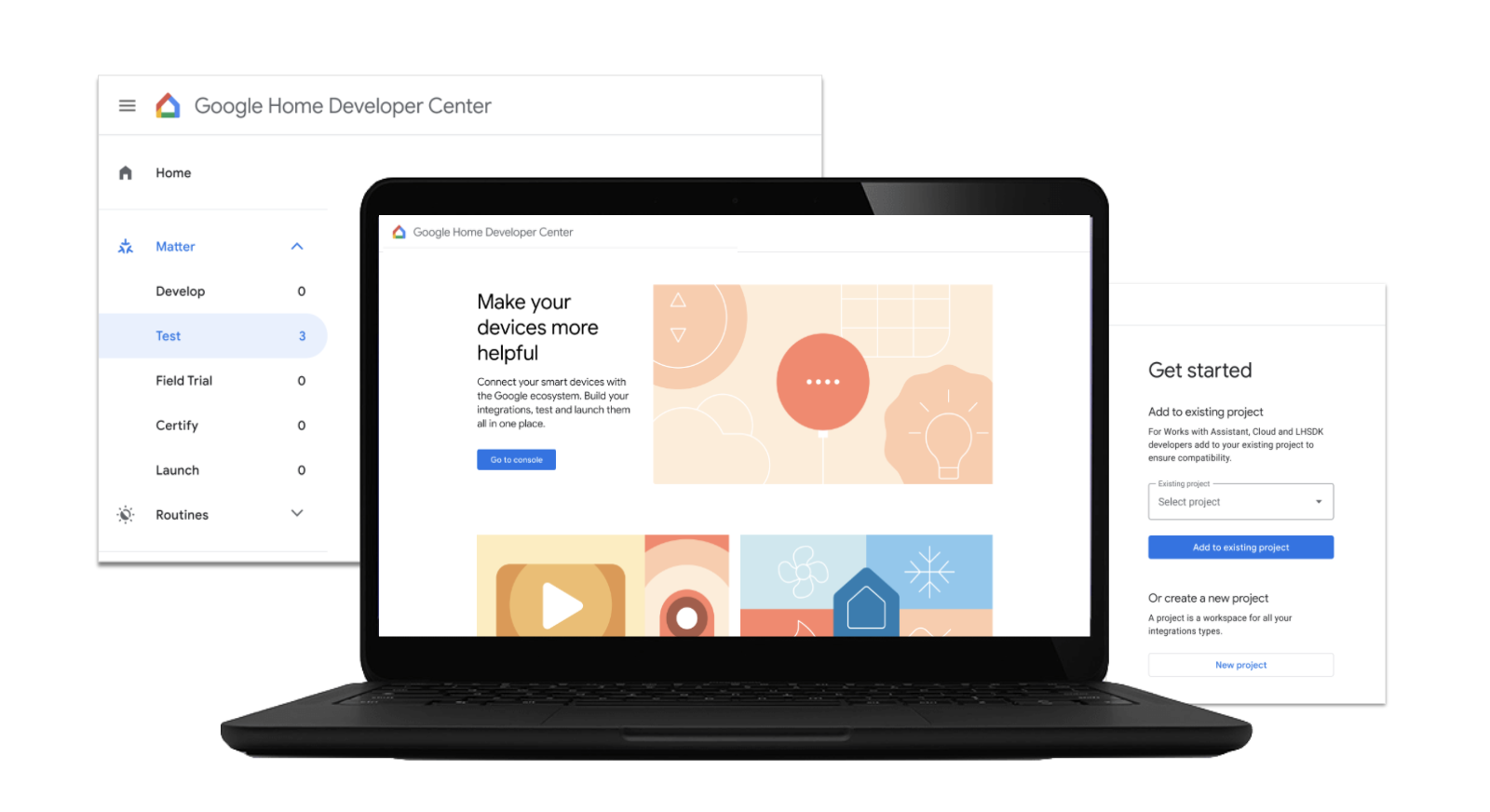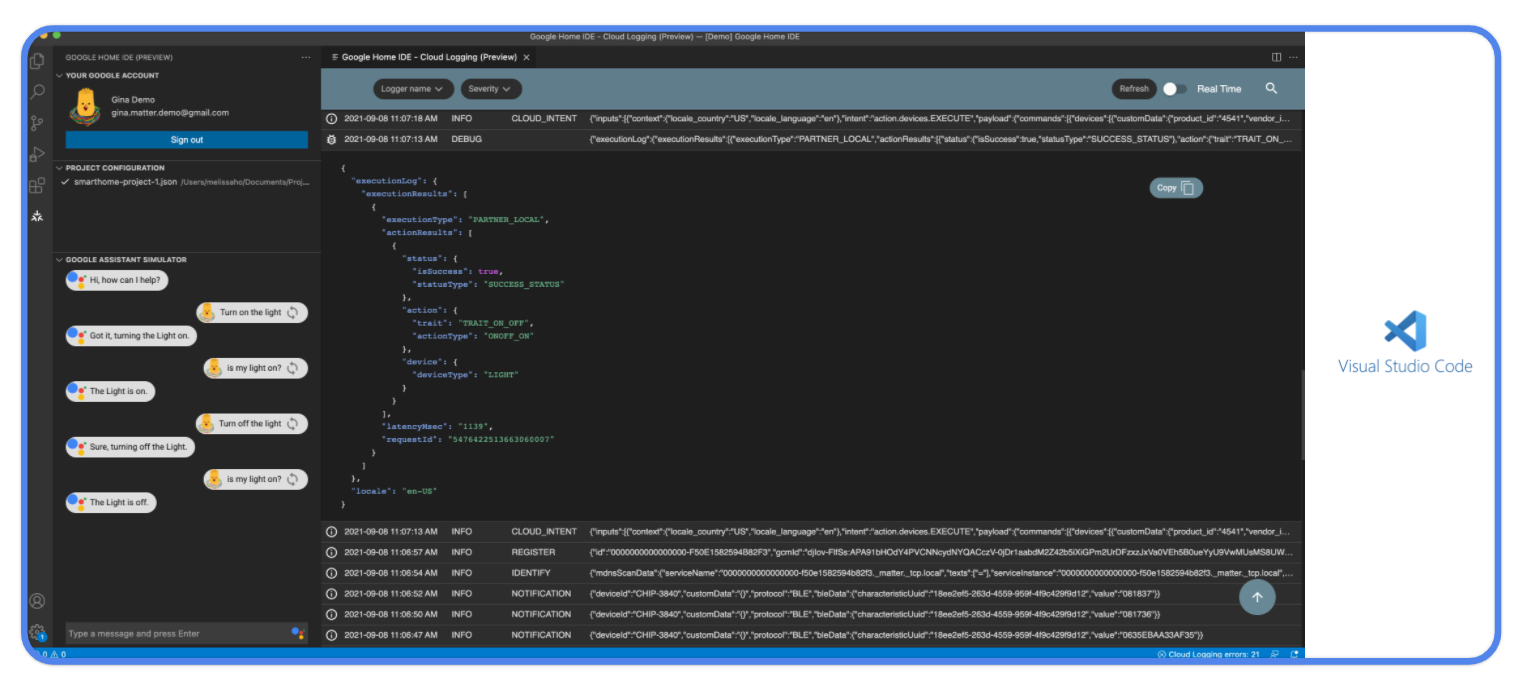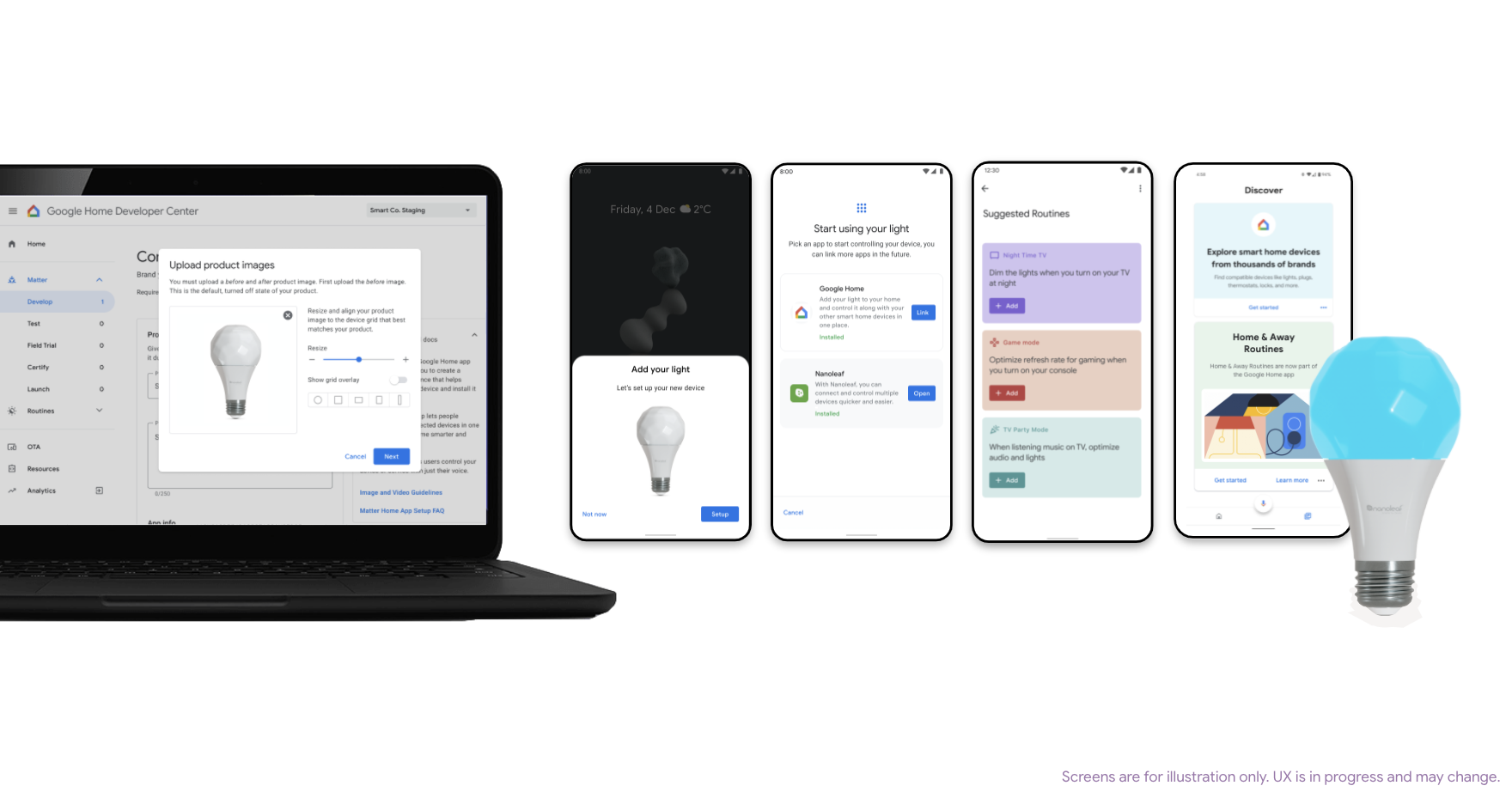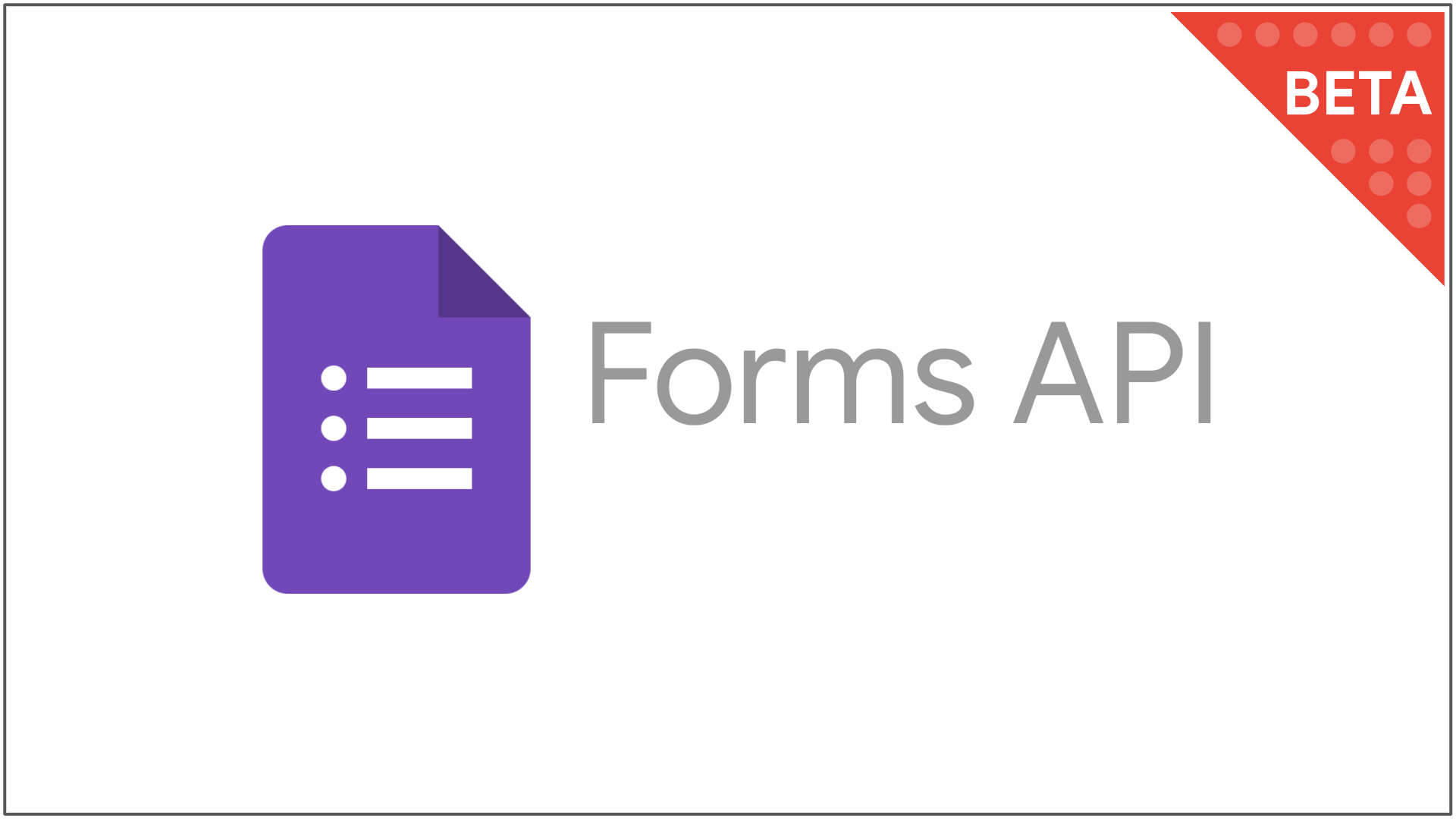Posted by Keith Einstein, Product Manager

Google is proud to announce the availability of the DocuSign API library for Google Apps Script. This newly created library gives all Apps Script users access to the more than 400 endpoints DocuSign has to offer so they can build digital signatures into their custom solutions and workflows within Google Workspace.
The Google Workspace Ecosystem
Last week at Google Cloud Next ‘21, in the session “How Miro, DocuSign, Adobe and Atlassian are helping organizations centralize their work”, we showcased a few partner integrations called add-ons, found on Google Workspace Marketplace. The Google Workspace Marketplace helps developers connect with the more than 3 billion people who use Google Workspace—with a stunning 4.8 billion apps installed to date. That incredible demand is fueling innovation in the ecosystem, and we now have more than 5,300 public apps available in the Google Workspace Marketplace, plus thousands more private apps that customers have built for themselves. As a developer, one of the benefits of an add-on is that it allows you to surface your application in a user-friendly manner that helps people reclaim their time, work more efficiently, and adds another touchpoint for them to engage with your product. While building an add-on enables users to frictionlessly engage with your product from within Google Workspace, to truly unlock limitless potential innovative companies like DocuSign are beginning to empower users to build the unique solutions they need by providing them with a Google Apps Script Library.
Apps Script enables Google Workspace customization
Many users are currently unlocking the power of Google Apps Script by creating the solutions and automations they need to help them reclaim precious time. Publishing a Google Apps Script Library is another great opportunity to bring a product into Google Workspace and gain access to those creators. It gives your users more choices in how they integrate your product into Google Workspace, which in turn empowers them with the flexibility to solve more business challenges with your product’s unique value.
Apps Script libraries can make the development and maintenance of a script more convenient by enabling users to take advantage of pre-built functionality and focus on the aspects that unlock unique value. This allows innovative companies to make available a variety of functionality that Apps Script users can use to create custom solutions and workflows with the features not found in an off-the-shelf app integration like a Google Workspace Add-on or Google Chat application.
The DocuSign API Library for Apps Script
One of the partners we showcased at Google Cloud Next ‘21 was DocuSign. The DocuSign eSignature for Google Workspace add-on has been installed almost two-million times. The add-on allows you to collect signatures or sign agreements from inside Gmail, Google Drive or Google Docs. While collecting signatures and signing agreements are some of the most common areas in which a user would use DocuSign eSignature inside Google Workspace, there are many more features to DocuSign’s eSignature product. In fact, their eSignature API has over 400 endpoints. Being able to go beyond those top features normally found in an add-on and into the rest of the functionality of DocuSign eSignature is where an Apps Script Library can be leveraged.
And that’s exactly what we’re partnering to do. Recently, DocuSign’s Lead API Product Manager, Jeremy Glassenberg (a Google Developer Expert for Google Workspace) joined us on the Totally Unscripted podcast to talk about DocuSign’s path to creating an Apps Script Library. At the DocuSign Developer Conference, on October 27th, Jeremy will be teaming up with Christian Schalk from our Google Cloud Developer Relations team to launch the DocuSign Apps Script Library and showcase how it can be used.
With the DocuSign Apps Script Library, users around the world who lean on Apps Script to build their workplace automations can create customized DocuSign eSignature processes. Leveraging the Apps Script Library in addition to the DocuSign add-on empowers companies who use both DocuSign and Google Workspace to have a more seamless workflow, increasing efficiency and productivity. The add-on allows customers to integrate the solution instantly into their Google apps, and solve for the most common use cases. The Apps Script Library allows users to go deep and solve for the specialized use cases where a single team (or knowledge worker) may need to tap into a less commonly used feature to create a unique solution.
See us at the DocuSign Developer Conference
The DocuSign Apps Script Library is now available in beta and if you’d like to know more about it drop a message to [email protected]. And be sure to register for the session on "Building a DocuSign Apps Script Library with Google Cloud", Oct 27th @ 10:00 AM. For updates and news like this about the Google Workspace platform, please subscribe to our developer newsletter.


















